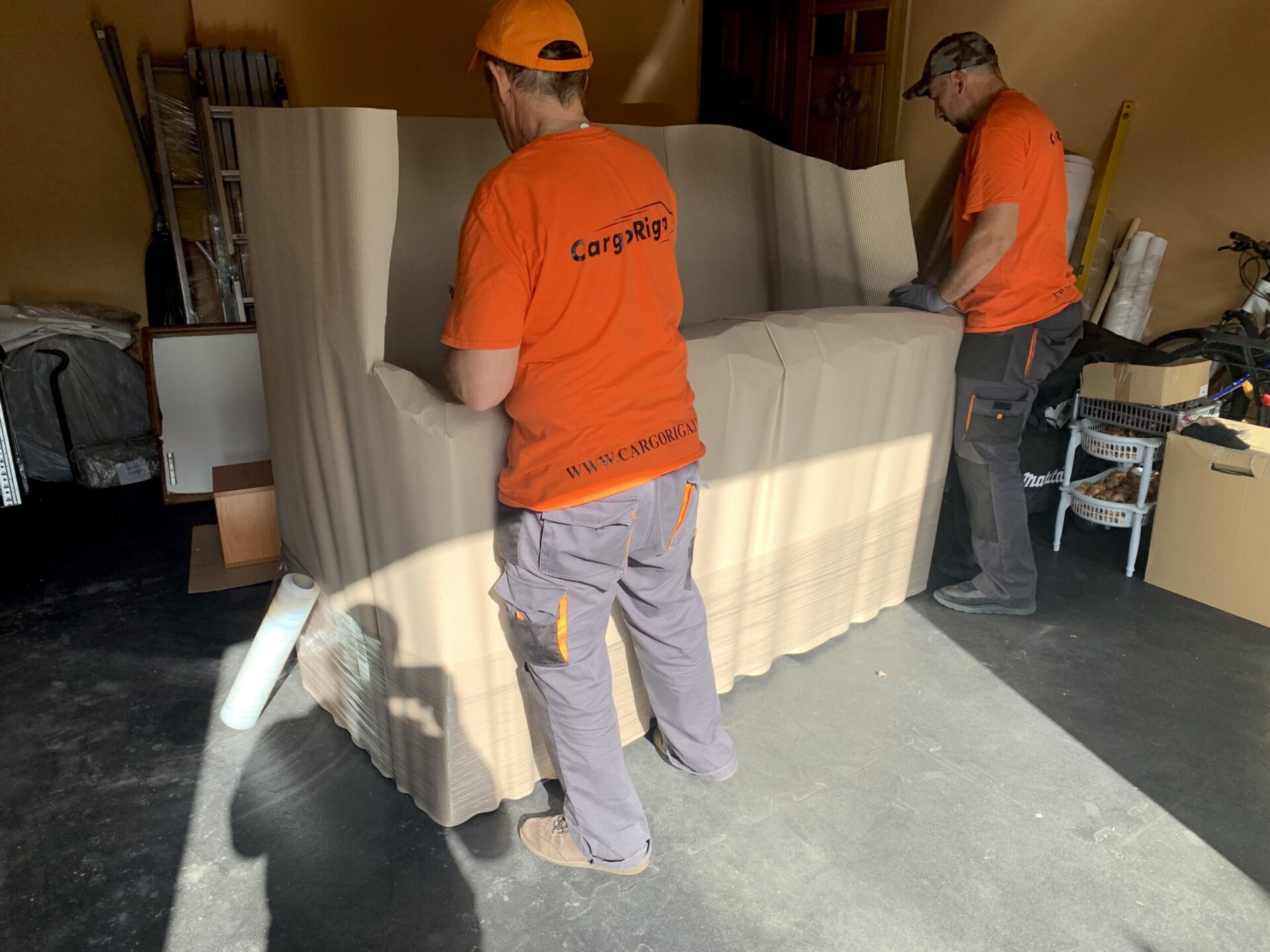
Shipping large or oversized items can be a daunting task, especially if you’re dealing with bulkier, heavier, or irregularly shaped objects. Whether you’re a business sending products to customers or an individual moving furniture or equipment, ensuring your items arrive safely and cost-effectively is crucial. Mishandling or improper shipping could lead to damaged goods, unhappy recipients, and additional costs. Fortunately, by following some best practices, you can make shipping large items easier and more efficient.
Below, we’ve compiled five essential tips for shipping large or oversized items that will help you avoid common pitfalls and ensure a smooth delivery process.
1. Choose the Right Packaging Materials
When shipping large or oversized items, packaging plays a critical role in ensuring that your goods arrive undamaged. Selecting the correct materials is the first step. Heavier items typically need stronger, more durable packaging to protect them during transit.
- Sturdy Boxes or Crates: Depending on the size and weight of your item, you may need heavy-duty corrugated cardboard boxes or even wooden crates. These can provide much more support and are less likely to get damaged during shipping.
- Cushioning and Padding: For fragile oversized items, consider adding foam, bubble wrap, or packing peanuts to absorb shocks and vibrations during transportation. Cushioning should cover all sides of the item, including the top and bottom.
- Strapping and Sealing: Use industrial-strength strapping, like plastic or steel bands, to secure your package tightly. Seal the box or crate properly with high-quality packing tape to prevent it from opening during transit.
2. Understand Your Shipping Options
Shipping oversized items requires different handling than regular packages, so it’s important to understand your carrier’s options and policies for such shipments.
- Freight Shipping: For larger items, freight shipping is often the best option. Freight carriers are equipped to handle heavy and oversized goods and offer services like Less Than Truckload (LTL) or Full Truckload (FTL). LTL is perfect for smaller shipments that don’t need an entire truck, while FTL is more cost-effective for bulk shipments.
- Specialized Carriers: For highly valuable or uniquely shaped items, you might need to go with a specialized carrier. These companies often provide tailored services like white glove delivery, which can ensure careful handling from start to finish.
- Flat Rate and Dimensional Pricing: Some carriers offer flat rate pricing, which can be a budget-friendly option if your item falls within their size and weight restrictions. On the other hand, many carriers now use dimensional weight pricing, which means you’ll be charged based on the volume of your package, not just its actual weight. Understanding these pricing models will help you choose the most economical shipping method.
3. Measure and Weigh Your Items Correctly
Accurate measurements are crucial when shipping large or oversized items. Failing to measure and weigh your items properly can lead to additional fees, delays, or even shipment rejection.
- Measure All Sides: Measure the length, width, and height of your item once it is fully packaged. Be sure to measure the longest points if the item isn’t a perfect square or rectangle.
- Check Weight Limits: Different carriers have weight limits for standard packages, so double-check the maximum weight allowed. For oversized items, it’s better to err on the side of caution and weigh your package multiple times to ensure accuracy.
- Use a Shipping Calculator: Many shipping companies provide online calculators to help you estimate the cost based on your item’s size and weight. This can give you a good sense of the shipping cost upfront and prevent unexpected charges.
4. Label and Document Properly
Proper labeling is essential when shipping large or oversized items, especially if the shipment requires special handling or is fragile. Incorrect or missing labels can cause delivery delays or, in the worst-case scenario, result in lost packages.
- Use Clear Labels: Ensure that all shipping labels are clearly visible and securely attached to the package. Double-check that the labels include the correct recipient address, return address, and contact information.
- Add “Fragile” or “This Side Up” Labels: If your item is delicate or needs to be kept in a specific position during transport, mark the package with “Fragile” or “This Side Up” labels. Most carriers will pay extra attention to such packages, though you may want to purchase additional insurance for valuable items.
- Include Documentation: Include any required documentation, such as customs forms for international shipments or invoices for high-value items. Missing paperwork can cause significant delays, especially when shipping across borders.
5. Consider Shipping Insurance and Tracking
Shipping oversized items can be expensive, and in case of damage or loss, you’ll want to have a backup plan in place. This is where shipping insurance and tracking come in.
- Invest in Shipping Insurance: For valuable or delicate oversized items, shipping insurance is a must. Most carriers offer insurance options based on the value of the item being shipped. While it may cost a bit extra, the peace of mind is worth it. In the event of damage or loss, you’ll be compensated for the value of the goods.
- Use Tracking Services: Always opt for a tracking service when shipping large or oversized items. Tracking allows you to monitor the progress of your shipment in real-time and provides an estimated delivery time. If any issues arise during transit, you’ll be notified promptly.

Final Thoughts
Shipping large or oversized items doesn’t have to be stressful. With proper planning, the right materials, and a good understanding of your shipping options, you can ensure that your goods reach their destination safely and on time. Remember to package securely, label correctly, and always consider insurance and tracking for peace of mind.
By following these five tips, you can navigate the complexities of shipping oversized items and avoid common mistakes that could cost you time, money, and potential customer satisfaction.
More information www.cargoriga.com
Our logistics managers help you, contact info@cargoriga.com or +37122122666.

